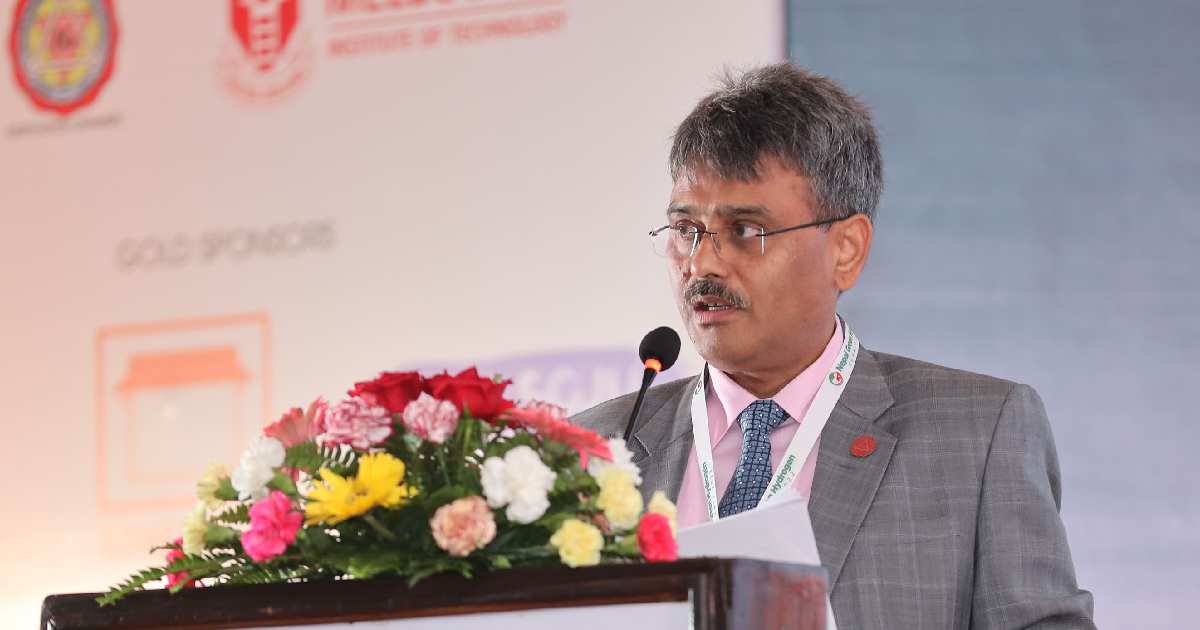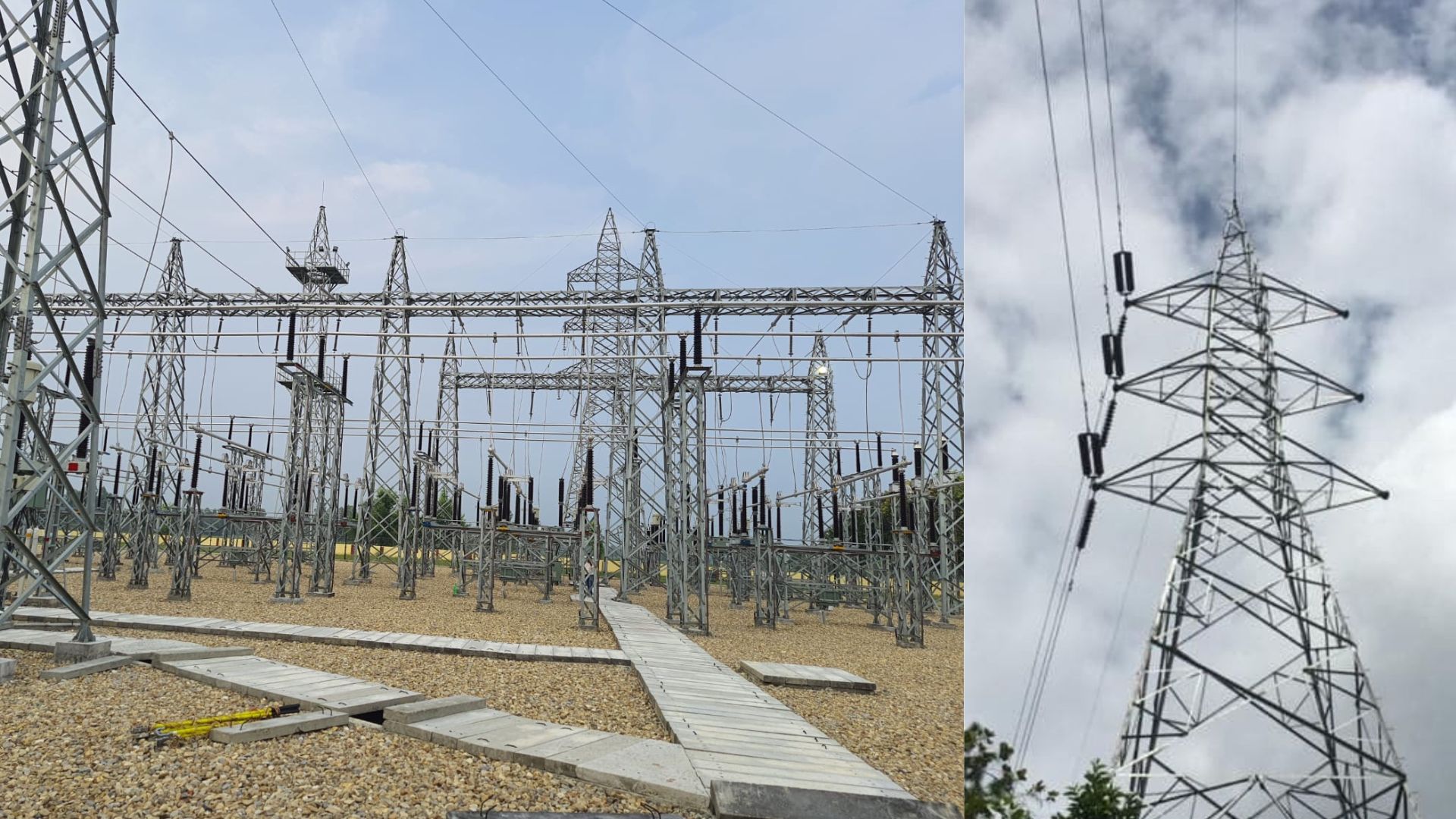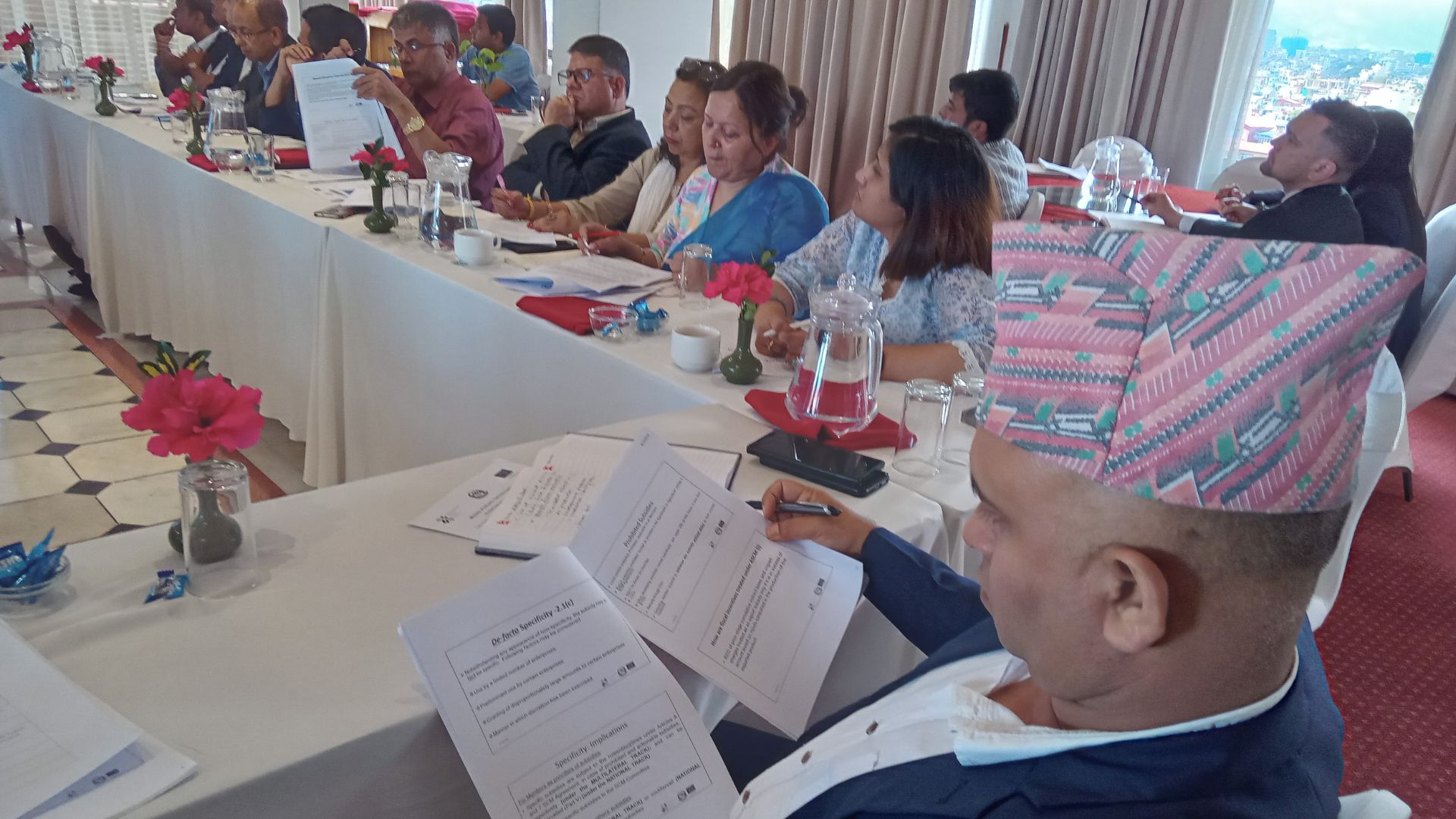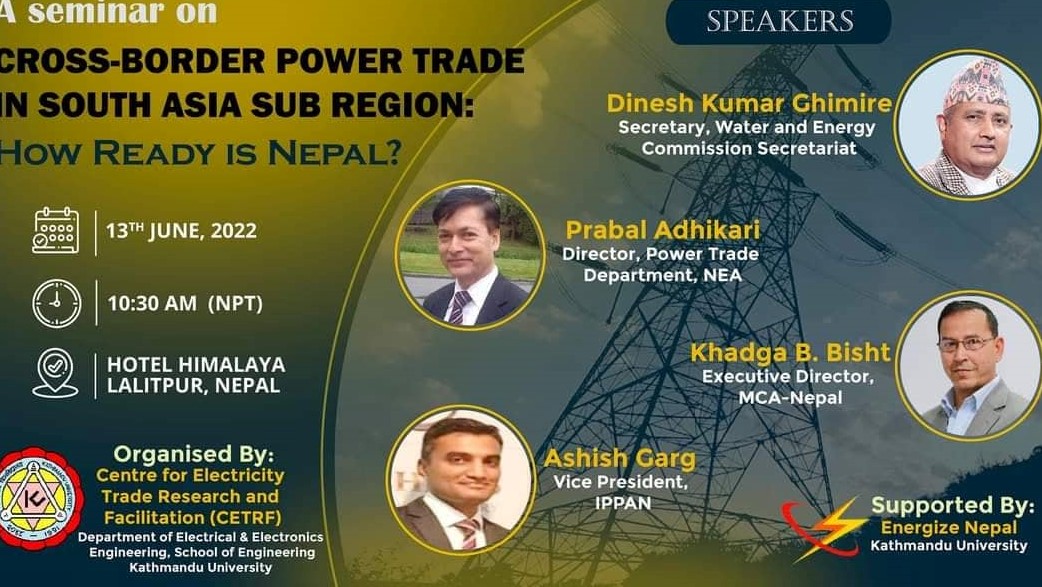
Dr. Bhola Thapa
The exponential rise in energy needs, increasing climatic degradation, and soaring fossil fuel prices have prompted developed countries to look for green alternatives. According to recent research, for a reasonable likelihood to stay below 1.5 °C of global warming, net human-induced Green House Gas (GHG) emissions should decline by around 45 percent by 2030, from 2010 levels, reaching net zero by around 2050. There is an immediate need for replacing carbon-based fuel with carbon-free fuel for energy generation and thermal application for carbon neutrality and energy independence. This has induced a challenge to find alternative energy sources in a very large quantity and high intensity, within a short transition time, and in a sustainable and economical manner. Renewable electricity from solar, wind, and hydropower has been a very promising solution, however, their intermittent nature of production, difficulty in storage, and not flexible enough to address the diverse requirement of de-carbonizing chemicals, high-energy intensity industries, aviation, and marine sector, etc. has opened a need for a better alternative solution.
Nepal’s average daily energy demand is 1.6 PJ (petajoules) with an annual increment of 4 percent. More than 75 percent of the total energy demand of Nepalese industries is still met by fossil fuels. Coal is the primary energy source mainly in the brick, limestone, cement, and steel industries. At present almost Rs 300 billion is used to import fossil fuels in Nepal, which is about 10 percent of the National Gross Domestic Product (GDP). It has been projected that the demand for fossil fuels in Nepal could rise up to 6 times in the year 2050 than that in 2010. There is a need for an intervention to change this projection to a sustainable and economical course with the proper utilization of the renewable energy resources of the country.
Hydropower development in Nepal has been the national priority for economic prosperity. More than around 20,000 MW of hydropower projects are under different stages of development. However, the forecasted domestic demand for electricity for the next few years is much lower than its production. The peak demand for electricity for 2021 was already lower than the production. Nepal could have excess electricity that might go to waste if proper energy management and policies are not defined soon. The export of excess hydroelectricity by cross-border grid connection among the South Asian Countries is one of the major discussions in Nepal. However, geopolitical complexities and high energy prices in Nepal may limit this possibility as a long-term sustainable solution. Increasing domestic consumption of electricity by such a large amount in a short period seems impractical in the current situation.
Nepal could have excess electricity that might go to waste if proper energy management and policies are not defined soon. The export of excess hydroelectricity by cross-border grid connection among the South Asian Countries is one of the major discussions in Nepal.
Nepal has regulations for hydropower plants to have a minimum of 10 percent reserve capacity which will not be used unless there is a surge in demand for electricity. The capital invested in all these cases can have some alternative means for utilization and income generation from reserve capacity. There is a need for a consolidated approach to replace the surging demand for fossil fuels with the surplus supply of electricity in Nepal.
Green Hydrogen is emerging as one of the promising alternative fuels and energy carriers for flexible use due to its high energy density, versatile application, and effective power evacuation from all kinds of energy-producing systems. By 2050, hydrogen alone may account for 22 percent of the world’s total energy consumption, proving that prudent investments made now will undoubtedly result in a bigger share of the worldwide market for green hydrogen in the future. Several other countries including Australia, Canada, China, and the US are announcing their mega-scale projects.
Green Hydrogen Lab (GHLab) has been established at Kathmandu University (KU) with the mission to transfer technology and innovations and promote the local adaptation of green hydrogen energy systems in Nepal. GHLab is envisaged to encourage Nepalese industries specialized to produce, store, transport, and use green hydrogen energy at a commercial level. It was the year 2020, and under the pandemic situation, we started the activities in online mode with the students’ engagements from their homes. We conducted several pieces of training and seminars on different emerging issues of Green Hydrogen, and also interacted with Nepali and International experts working in hydrogen energy. The students did home-based projects and internships under the different topics of Green Hydrogen including technical specifications for producing green hydrogen from Micro and Mini hydropower plants in Nepal, Hydrogen Trucks for Nepal: Why and How?, feasibility scenarios of Green Hydrogen energy in Nepal,Green Hydrogen from renewable energy sources, possible end use of Green Hydrogen in context of Nepal feasibility scenarios for production of Green Hydrogen from large biogas plant in Nepal, and safety issues related to Hydrogen Energy.
KU is running academic programs in Green Hydrogen at UG level. Several Masters and PhD degrees are being offered in joint collaboration with international universities including NTNU Norway, and RMIT Australia.
KU has signed a Memorandum of Understanding with Nepal Oil Corporation, Nepal Electricity Authority, Independent Power Producers Association Nepal (IPPAN), Dhulikhel Municipality, and Bagmati Province Government for cooperation in the field of fuel and energy sector development, to investigate and invest in green Hydrogen as the alternative and future fuel for Nepal.
Recently there has been quite a big interest from the Government and Private sector to boost Green hydrogen projects in India and Nepal as well. We can collaborate to make this technology adapted to the specific requirements and challenges of the South Asia region.
The government has also started to make necessary policies and priorities for establishing green hydrogen-based industrial/commercial projects in Nepal. KU was a part of the team to recommend the draft policy and recommendations to the Nepal government on this matter. Based on our recommendations Nepal government for the first time has included the programs for Green Hydrogen in its National budget for the year 2022/23.
KU has been partnering with several institutions and agencies to incubate new ideas, projects, and investment possibilities for commercial-scale projects in Nepal in the future.
Recently there has been quite a big interest from the Government and Private sector to boost Green hydrogen projects in India and Nepal as well. We can collaborate to make this technology adapted to the specific requirements and challenges of the South Asia region. The use of Green Hydrogen as a clean heat source in household and industrial applications can reduce dependency on solid fuels, coal, LPG, and furnace oils by a large amount. There are possibilities for existing and future process-based industries such as mining and steel, vegetable ghee, and chemical industries to induce demand for green hydrogen locally and promote sustainable low-carbon industrial development in Nepal. A number of research has also pointed out that hydrogen can be the future of power evacuation. The versatility of hydrogen attracts applications from various sectors. The future price of green hydrogen production also points out that Nepal will have a very competitive cost in the global market. A study points out that in 2035 AD, Nepal’s green hydrogen production cost can be as low as 1.5-1.75 USD/kg compared to 3-5 USD/kg global price at present. Nepal’s low hydrogen production cost can be attributed to abundant hydroelectricity and solar power. Strategic investments on green hydrogen projects in Nepal have the potential of getting a very decent international market in future.
A number of research has also pointed out that hydrogen can be the future of power evacuation. The versatility of hydrogen attracts applications from various sectors. The future price of green hydrogen production also points out that Nepal will have a very competitive cost in the global market.
People, Government, Stakeholders, and Institutions have individual as well as collective roles to play in transforming Nepal to a Green Hydrogen based fuel producing and exporting country.
There is a need for a consolidated program initiated and owned by the Government to establish and incubate the Green Hydrogen economy for Nepal and prepare the business sector to take over the commercial applications in a competitive manner in local, regional, and international markets. Strong political and social commitment, high-level knowledge transfer from universities to industries and communities, and willingness from the commercial and business sectors to invest in green hydrogen are needed.
Policymakers and Institutions should work in unison to give ground-breaking research and innovation and policy-based interventions to promote renewables as the primary supply of energy is pushing Green Hydrogen to overtake fossil fuel both technically and economically.
There is a need for a broader international collaboration for the knowledge and technology transfer to Nepal. Since the technology has achieved a much higher development stage at the global level, for Nepal the start would be knowledge transfer and local adaptation. If the initiation is taken earlier the transition period of the technology transfer will be much shorter.
I believe this Summit will be a milestone for Private Sector to take over the research from Academia. I extend my best wishes for the intensive discussions that would invite local and foreign investments in Hydrogen Economy. I request the policymakers and bureaucrats to participate in the discussion and envision the need for the policies and regulations to move developments faster.
(Thapa is Vice-Chancellor of Kathmandu University. This article is based on an opinion expressed by him at Nepal Green Hydrogen Summit)









